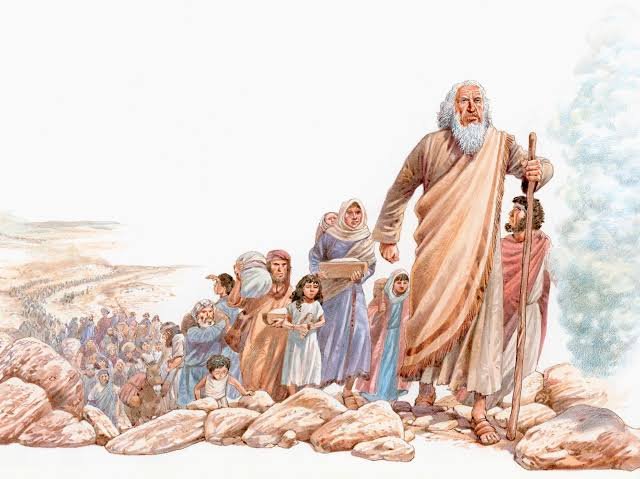Dear Hivers,
In today's episode of True Bravery — I will be sharing with you the story of the amazing Harriet Tubman.
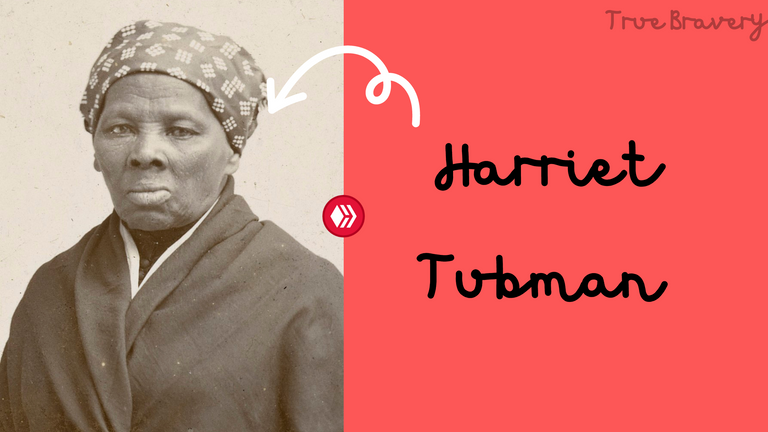
I first came across the story of Harriet Tubman in 2020 when I saw the movie by the name Harriet. It was a very emotional film and I can remember tearing up seeing it. Soon after, I found out it was inspired by real-life events.
The film portrayed the life of Harriet Tubman from around the 1840s.
So who is Harriet and what significance does she make?
Harriet Tubman born Araminta Ross was born into slavery. She was born in 1820 and went on to change her name from Araminta Ross to Harriet Tubman soon after her marriage to a free black man; John Tubman in 1844.
When Harriet was young she was subject to harsh treatments. She was constantly wiped. She went on to sustain a traumatic head wound when an inmate overseer threw a metal object at someone else but it accidentally hit her.
This injury led to some health complications — for the rest of her life she experienced excruciating headaches, and seizures, — and most importantly it made her start experiencing strange visions and vivid dreams, which she interpreted as revelations from God.
Though Harriet was illiterate, she was told bible stories by her mother and attended church with her family. This built her faith and she believes went on to inspire her actions throughout her life.
In 1849, Harriet fell ill again which reduced her value in the eyes of slave traders. Her owner tried to sell her but he couldn't find a buyer. He died a little while later and the likelihood of her being sold was very high. "[T]here was one of two things I had a right to", she explained later, "liberty or death; if I could not have one, I would have the other"
In 1849, she went on to escape slavery with her brothers Ben and Henry.
Is that it?
Well, of course not!
Harriet Tubman returned.
Return to slavery? Who would do that!?
At the time, her brothers found out Ben might be becoming a father and so they decided to go back. Tubman in turn reluctantly decided to return with them.
At the time, all three were loaned out to the nearest plantation so their absence was not immediately noticed.
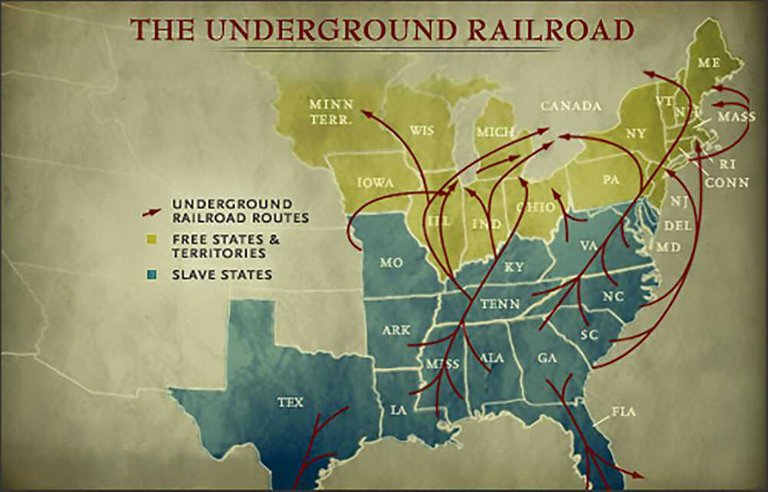
Then came the time she escaped for good!
She escaped all by herself via The Underground Railroad: This was a network of abolitionists in the United States and Canada who guided escaped slaves to the free states and provinces of the North.
Harriet travelled by night and took shelter in safe houses during the day to avoid the bounty hunters. She was guided to freedom by using the Northstar railway and oral instructions from the railway operators.
Once safely in Philadephia Harriet joined the local abolitionists.
She met William Still; Still had made it his life work to help slaves gain their freedom.
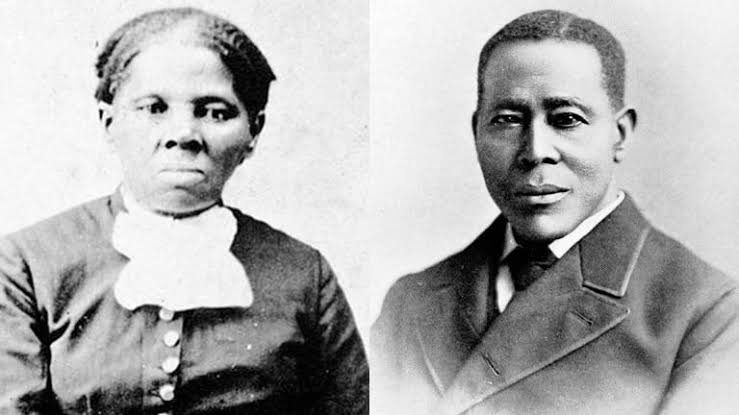
He was instrumental in helping Harriet bring families along the Underground route.
In 1850, the Fugitive State Law was passed in Congress. It was aimed to severely punish anyone who aided in freeing slaves. This made the situation a lot more complicated but that didn't stop Harriet's conviction to help others.
Harriet returned once again! This time, not to stay back but to rescue her family members and others from slavery.
Despite the difficulties, the harsh nature of the journey, and the traumatising consequences of being caught. Harriet ignored all these and chose to help others be free of slavery.
Again, something sad happened. In the spring of 1851, Harriet went back to Maryland to rescue more family members, she went to Dorchester County to find her husband. Getting there, she found out her husband had been married to another woman in her absence and had no interest in leaving the state.
That didn't stop Harriet though. Instead of wallowing in sadness and self-pity, She used the opportunity to guide the others away.
She freed over 300 slaves including her brothers and their family.
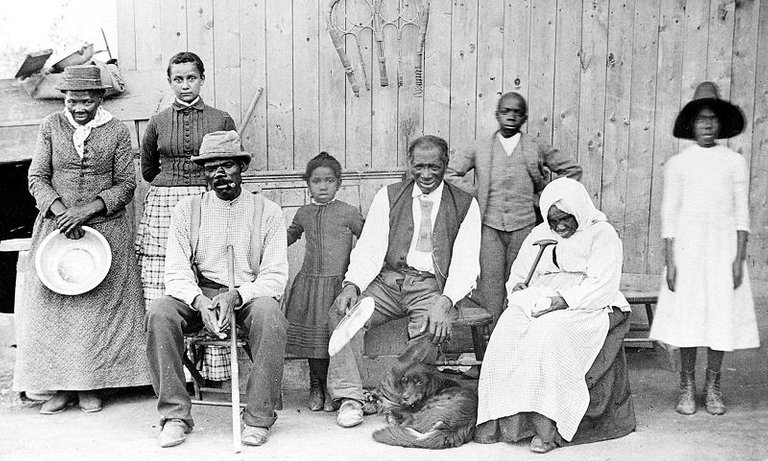
Nicknamed "Moses"
Harriet was nicknamed After the Biblical Icon Moses who similarly lead slaves under the rule of the Egyptians to the promised land.
Like Moses, Harriet had the craft ways of carrying out her dangerous works.
She used disguises to avoid detection and guided during the fall and winter when the long nights and cold weather tend to keep people in their homes.
Harriet cited her deep faith as a source of strength and guidance and believed her visions were instructions from God.
Despite there being a reward for the capture of "Moses", she "never lost a passenger" and was never caught.
Harriet accomplished a lot during her lifetime. She even led an armed expedition, the first woman in history to do so! She guided the Combahee River Raid in South Carolina, which liberated over 700 slaves.
Harriet died in 1913 at the age of 90 and was buried with military honours and later named an American hero by former US President Barrack Obama.
Selflessness
Selflessness is the foremost lesson in Harriet's story. She had the choice to move on with her life when she gained her freedom or stop when she had freed several 100s including her relative but her selflessness and determination to help others makes her truly amazing!
In the end, she frees over 800 slaves during her lifetime. True Bravery indeed!
What is your take on Harriet's story?
Please leave your thoughts in the comment.
Thank you for reading!
More From True Bravery Series:

